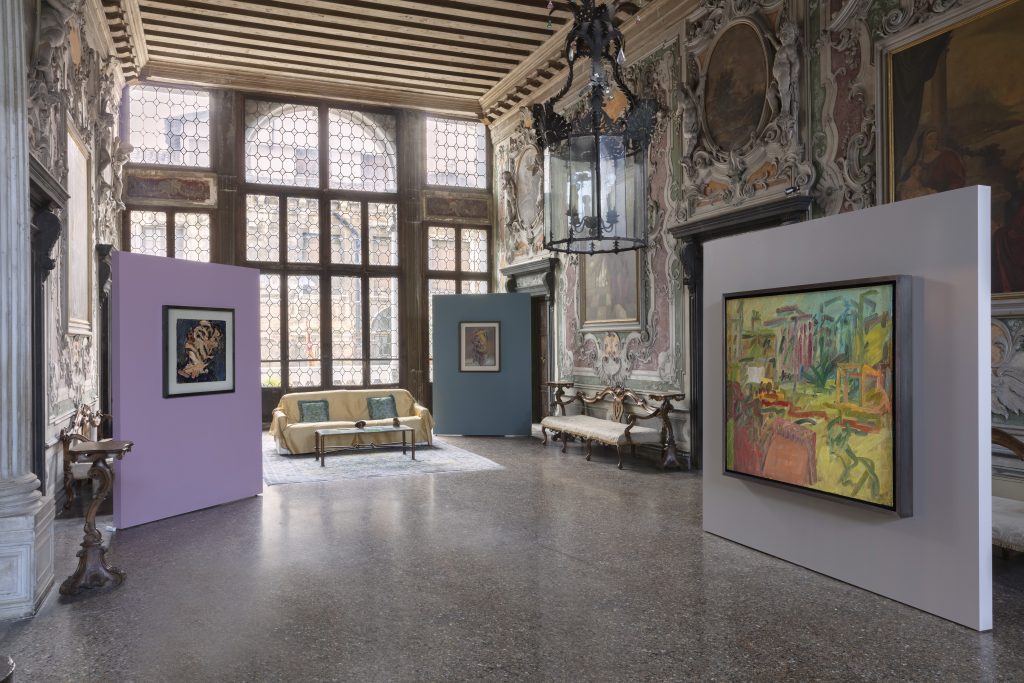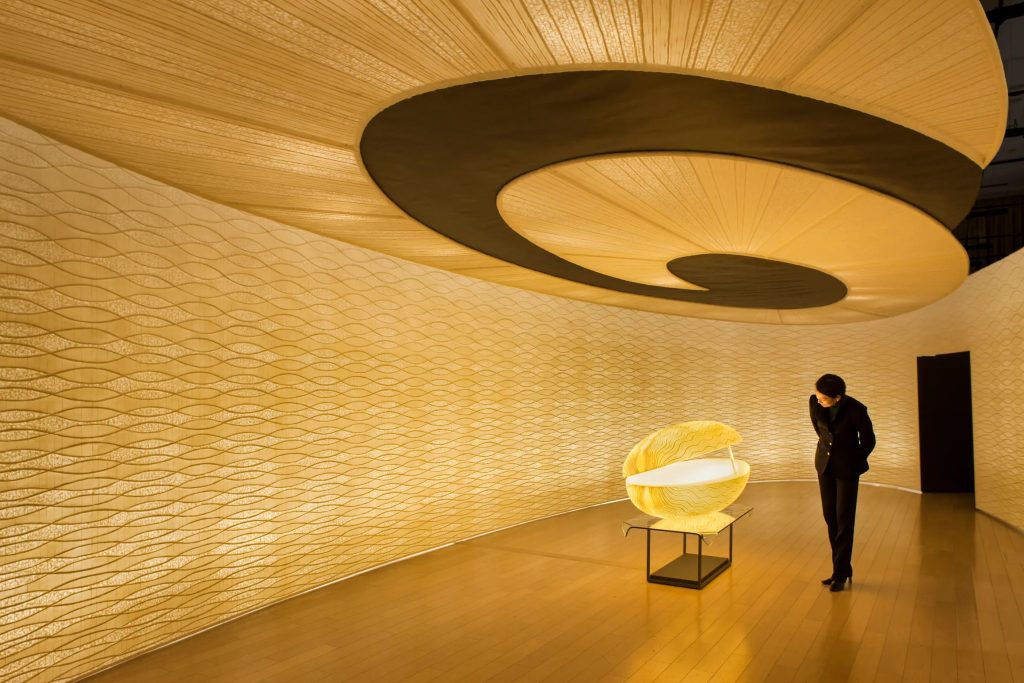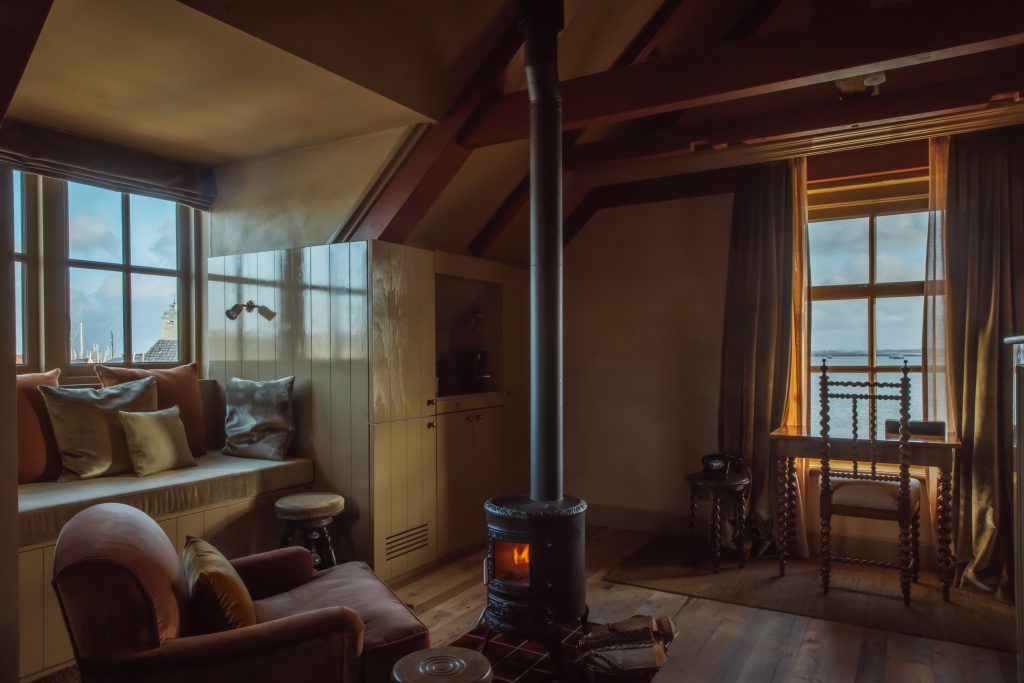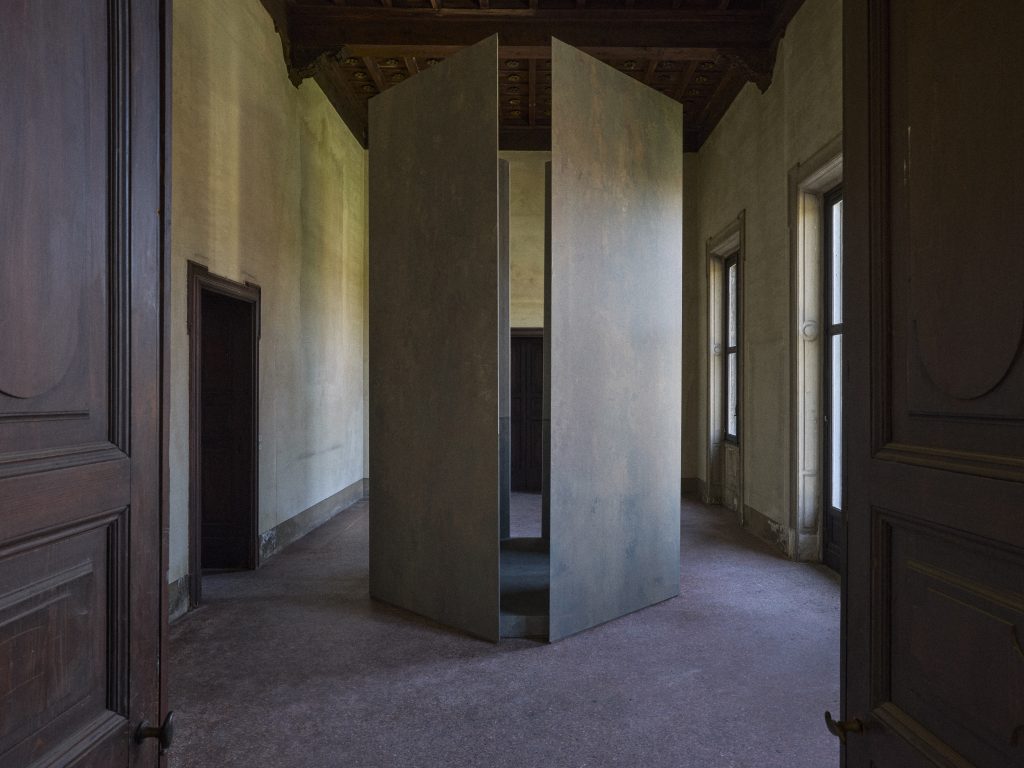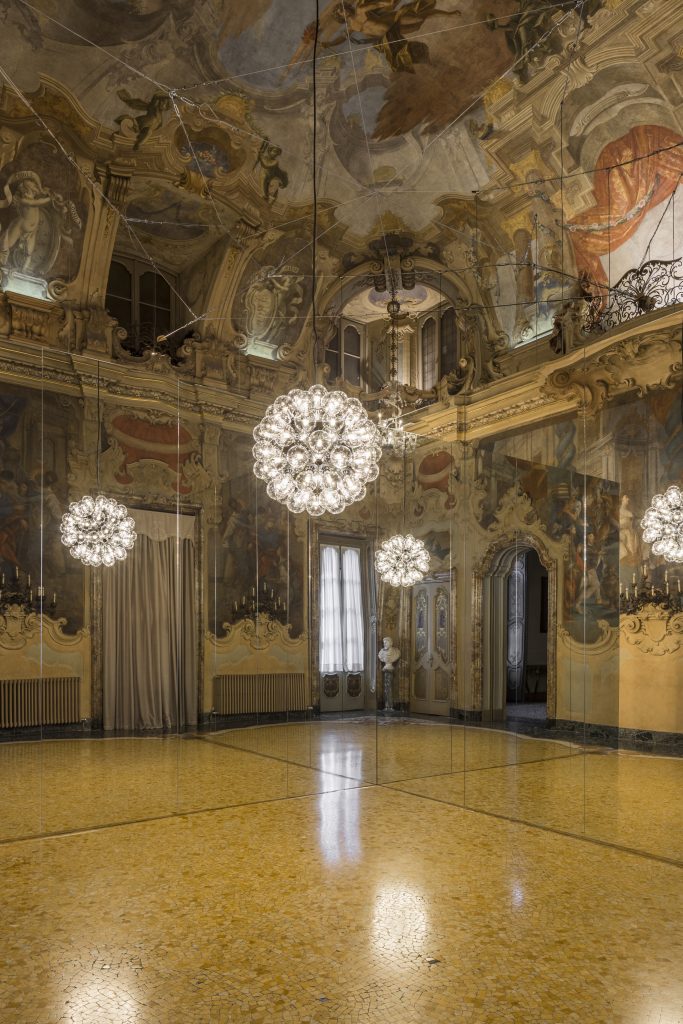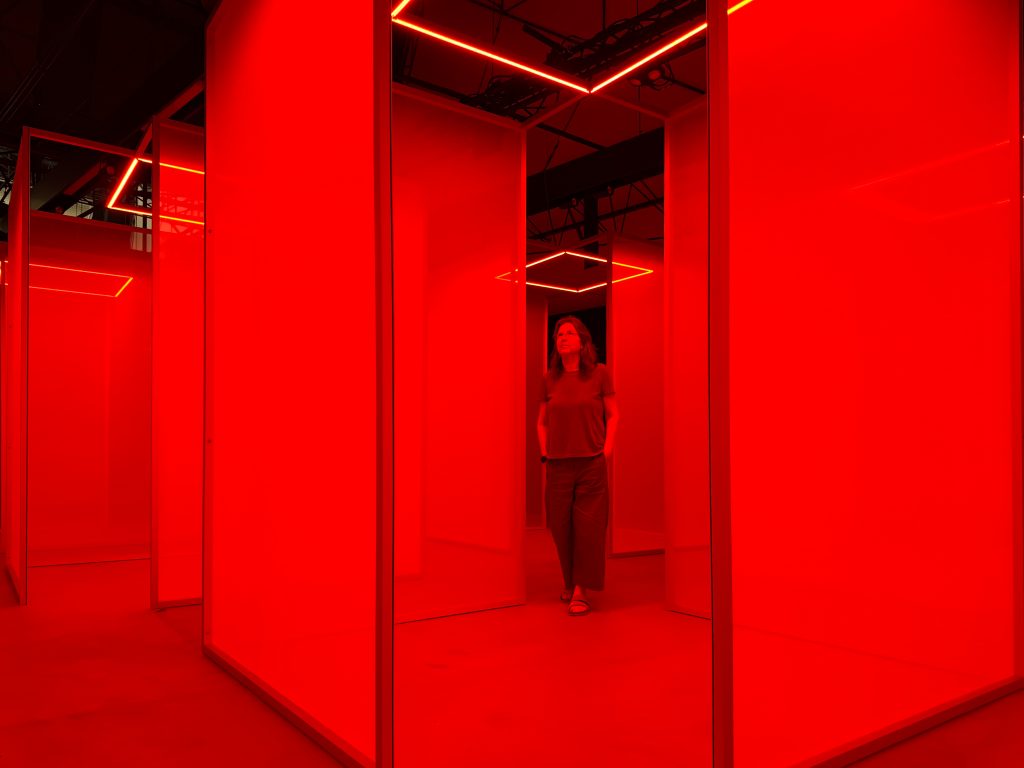Why 2,000-Year-Old Roman Concrete Still Stands
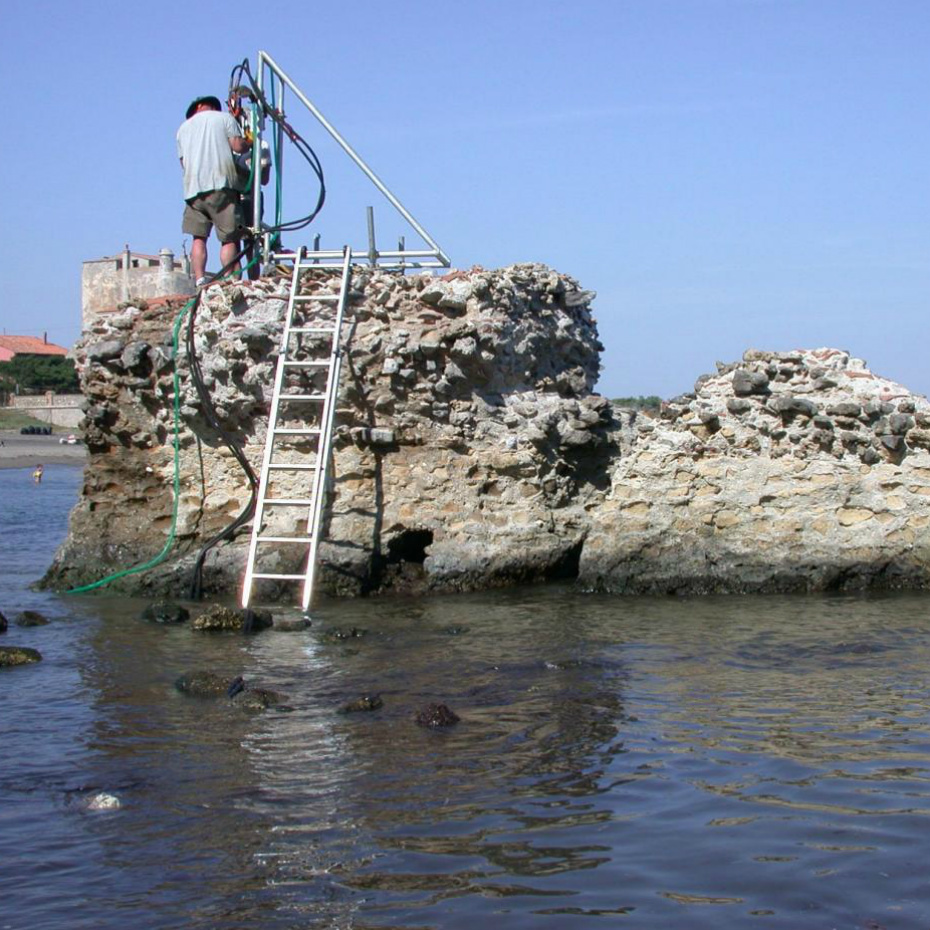
How is it that 2000 years later, certain Roman ruins still stand in harbors? Geologists have determined that it pertains to one of the components—aluminum tobermorite, a rare mineral found in volcanic ash. When struck with seawater (another component of Roman concrete, along with lime and rock), a possolanic reaction occurs where the tobermorite crystallizes and spreads—adding further strength. Thus, longterm seawater exposure only reinforces the material, rather than eroding it. This volcanic ash/seawater combination could potentially be used today to produce sustainable concrete for our waterways.
Via independent.co.uk link opens in a new window



